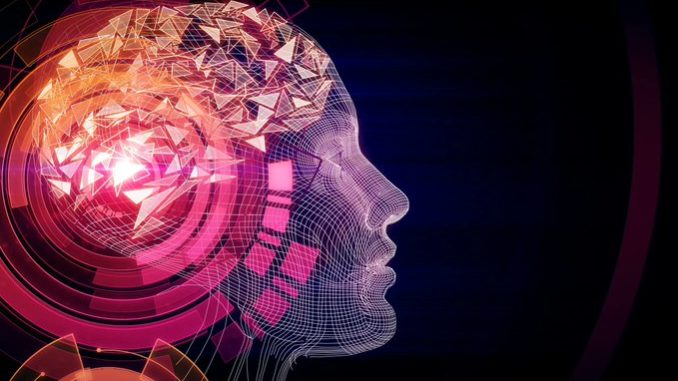
Alex Wiltschko is an olfactory neuroscientist for Google Research’s Brain Team. As a youth, his fascination with fragrances. He recently employed machine learning to analyze their oldest and least known sense of smell. Their discoveries considerably increased scientists’ capacity to determine a molecule’s scent from its structure.
Over 800 chemicals reach your nose when you smell coffee. Our brains create the general impression of coffee from this chemical image. Scientists are just starting to understand how many 400 receptors in our noses can interact with a specific molecule to detect its chemical composition. Building models that could infer a molecule’s smell from its structure was a point of competition for teams.
Even the finest models of smell can only account for some things. Sometimes, little changes to a molecule’s chemical makeup result in a completely different smell. In other cases, substantial structural alterations have little or no effect on the smell.
A Smell’s Metabolic Organization
Wiltschko and his team investigated the demands that evolution might have placed on our senses to explain these unusual occurrences. Over millions of years, each sense has been fine-tuned to pick up the most salient variety of stimuli.
“The core metabolic engine inside every living thing is the one thing that’s been constant over evolutionary time, at least from a very long time ago. The term “metabolism” refers to a collection of chemical processes, such as the Krebs cycle, glycolysis, urea cycle, and several others, which are catalyzed by cellular enzymes and change one molecule into another in living things. These well-established reaction pathways outline the connections between the naturally occurring substances that enter our nostrils. Substances with similar smells are related biologically and chemically.
